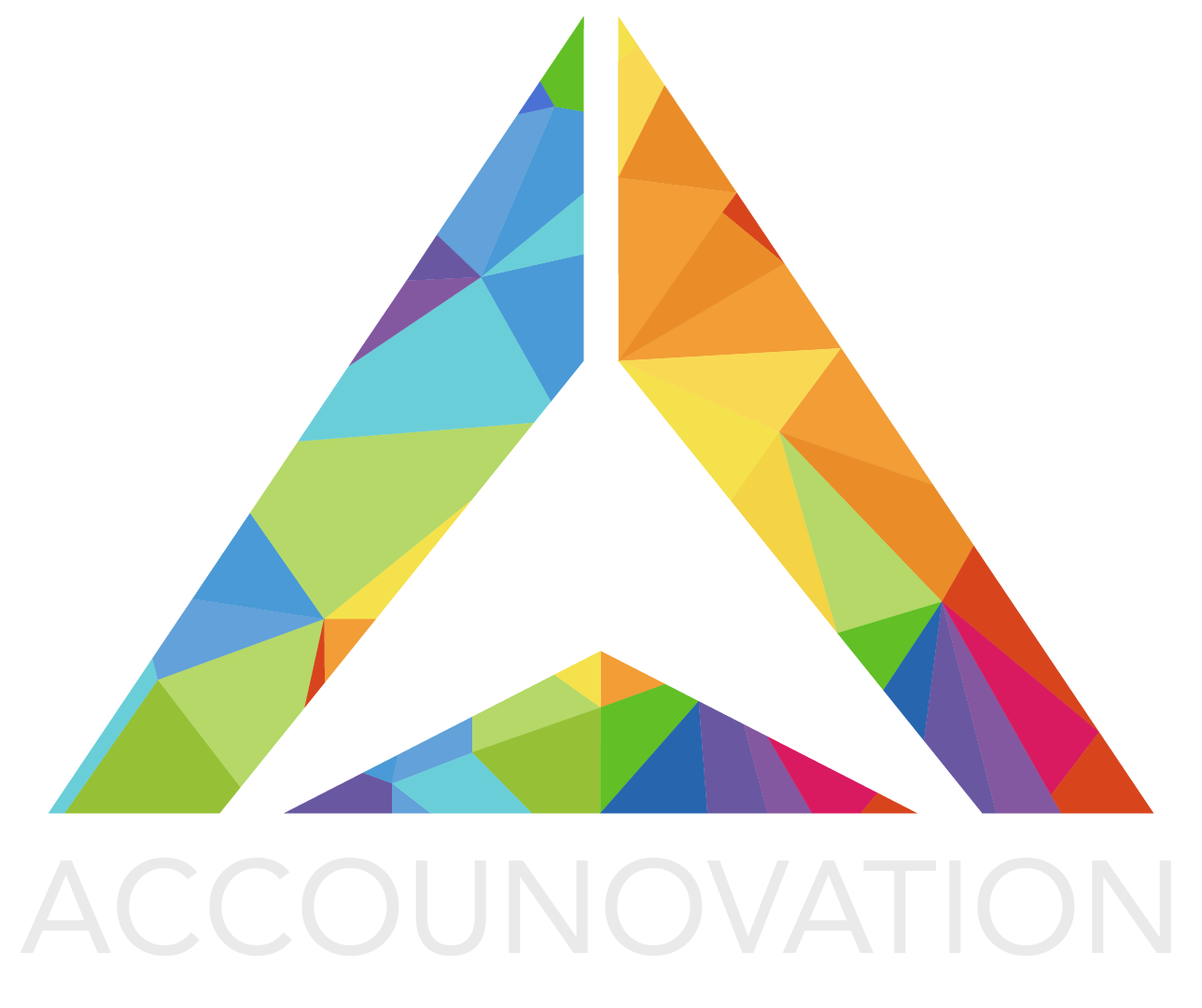Selling your business is one of the most significant financial decisions you’ll ever make. Whether...
Comparing Cost Control Strategies to Boost Manufacturing Efficiency

Cutting costs without sacrificing quality is a constant challenge for many businesses. The reality? You can’t just slash spending and expect efficiency to improve. But what if there are smart ways to control costs while boosting your output?
It’s not about temporary fixes. It’s about strategies that stick. Studies show that using the proper cost-control methods can significantly reduce expenses while maintaining product quality. Different approaches exist, from Just in Time inventory to lean manufacturing, to streamline operations and cut costs. But how do you know which one will help your business grow long-term?
Keep reading to discover proven methods designed to enhance efficiency and drive financial stability.
Why Comparing Cost Control Strategies Help Manufacturers
Controlling expenses is critical for any business, but it’s crucial for those working in production. Every decision on resource allocation impacts your bottom line. Strategic cost control measures allow you to stay competitive while avoiding unnecessary expenses. A well-planned approach is critical to reducing production costs while maintaining quality and efficiency.
Comparing cost control strategies can help you find the best fit for your needs. Let’s explore how different techniques can help you manage costs effectively.
Lean Manufacturing vs. Total Quality Management (TQM)
Lean Manufacturing and Total Quality Management focus on improving production but take different approaches.
Lean Manufacturing
This system focuses on eliminating waste throughout the production process, from materials to time, to improve efficiency and reduce costs.
Pros:
- Focuses on eliminating waste throughout the production process.
- Reduces unnecessary costs related to excess materials.
- Increases overall efficiency in production.
Cons:
- Requires a long-term commitment to continuous improvement.
- It can be costly to implement initially due to restructuring.
Total Quality Management (TQM)
This focuses on continuous improvement in product quality by involving every part of the organization, from management to workers, to minimize defects and enhance processes.
Pros:
- Enhances product quality by focusing on process improvement.
- Reduces long-term production costs by minimizing defects.
Cons:
- It requires company-wide commitment and can take time to implement.
- It can increase short-term costs associated with training and process changes.
While both strategies focus on improving the production process, Lean Manufacturing emphasizes waste reduction, while TQM focuses on product quality and long-term improvement. Each offers a different approach to managing costs effectively.
Activity-Based Costing vs. Traditional Cost Accounting
Activity-Based Costing (ABC) and Traditional Cost Accounting offer different ways to analyze production expenses.
Activity-Based Costing
This method assigns costs to specific activities within the production process, providing a detailed look at indirect costs and helping identify cost drivers.
Pros:
- Offers a more accurate breakdown of indirect costs.
- It helps identify the proper cost drivers in the production process.
Cons:
- It can be time-consuming to set up and maintain.
- Requires detailed data and advanced management software.
Traditional Cost Accounting
Traditional Cost Accounting allocates production costs by dividing them broadly across the number of products produced. It’s a more straightforward method but less precise than ABC.
Pros:
- Easier to implement, with straightforward allocation of direct costs.
- Provides a quick overview of total costs.
Cons:
- May oversimplify costs, leading to inaccurate estimations.
- Does not account for variable costs as effectively as ABC.
ABC offers a more precise financial analysis, while traditional cost accounting provides a simpler, faster view of production costs. The choice depends on how detailed your cost analysis needs to be.
Supplier Diversification vs. Single Supplier Approach
Supplier diversification and the Single Supplier Approach are two ways businesses can handle procurement to manage costs associated with raw materials.
Supplier Diversification
This involves using multiple suppliers to source materials. This approach helps reduce risk and allows businesses to negotiate better pricing.
Pros:
- Reduces risk by spreading out supply chain dependencies.
- Allows for competitive pricing by negotiating with multiple suppliers.
Cons:
- This can lead to higher indirect costs related to managing multiple relationships.
- Quality control may vary between suppliers.
Single Supplier Approach
This focuses on building a solid relationship with one supplier, often leading to more consistent service and potential cost savings.
Pros:
- Streamlines the supply chain by consolidating purchases.
- Strengthens relationships, which can lead to better pricing and service.
Cons:
- Increased risk if the supplier fails to deliver or raises prices.
- Less flexibility in pricing negotiations.
Supplier diversification spreads risk, while the single-supplier approach offers stability and potential cost savings. Deciding between them depends on your supply chain needs and risk tolerance.
How Just in Time Inventory Improves Financial Control
Following the strategies, Just in Time (JIT) inventory offers another way to maintain financial stability by controlling production expenses more precisely. JIT helps streamline operations by reducing excess materials and focusing on production efficiency. It allows businesses to receive raw materials only when needed, cutting down on storage and handling expenses. This approach directly improves financial management by minimizing unnecessary spending and focusing on more accurate cost estimation.
Let’s take a look at the key benefits JIT inventory offers to manufacturing companies:
- Reduces the need for large storage spaces, which lowers overhead costs.
- Decreases waste by ensuring materials are only purchased when required.
- Improves cash flow by limiting the amount of money tied up in unused inventory.
- Enhances inventory management with better tracking and planning.
- Supports effective cost control through better demand forecasting.
- Lowers the cost of raw materials by reducing excess purchases.
- Boosts efficiency in labor costs with a more streamlined production process.
- Minimizes the risk of overproduction, leading to significant cost savings.
Effective Cost Reduction Methods You Might Use
After exploring how Just in Time inventory can help control expenses, it's clear that selecting the proper methods for your business depends on its unique needs. Different approaches can address various areas of operations, so understanding what works best for your situation is critical. Whether you are trying to reduce overhead or streamline your process, the proper cost-reduction methods can significantly impact you.
Here are some effective cost-reduction methods to consider:
Automate Repetitive Tasks
Implementing automation tools can save time and reduce labor costs by minimizing manual processes. This approach allows for better efficiency and fewer errors.
Streamline Your Supply Chain
Evaluate your supply chain for any inefficiencies. Strategic cost management can improve procurement processes and eliminate unnecessary steps, saving raw materials and logistics.
Use Energy-Efficient Equipment
Investing in energy-efficient machinery can reduce long-term operational expenses. This also contributes to more sustainable practices, an added benefit for your business management strategy.
Implement Lean Operations
Adopting lean principles in your operations helps identify waste areas and improve efficiency. This approach reduces expenses and enhances production flow.
Negotiate with Suppliers
Open discussions with your suppliers to negotiate better terms or discounts. Companies can reduce manufacturing costs by building stronger relationships and ensuring fair pricing.
Review Your Inventory Management System
Monitor and optimize inventory levels using modern management tools. This helps prevent overstocking and frees up capital for other important areas.
Reduce Overhead Costs
Evaluate areas such as utilities, office supplies, and other overhead expenses. Small changes in these areas can lead to significant cost savings over time.
Implement a Spend Management System
Use spend management software to track expenses more accurately. This provides better insight into where funds are going and helps identify opportunities for cost reduction.
Cross-Train Employees
Cross-training employees can reduce labor costs by making your workforce more flexible. It allows for better staffing and minimizes the need for additional hires during peak periods.
Outsource Non-Core Functions
Outsourcing tasks outside your operations, like IT or customer service, can free up resources and reduce overall expenses. This allows you to focus on your business's core areas.
Implementing Lean Manufacturing Process for Long-Term Efficiency
Building a process that benefits your business now and in the future is critical to staying competitive. Lean manufacturing does just that. It’s not about quick fixes; it's about creating sustainable efficiency that grows with your business. This step-by-step guide will help you implement a lean manufacturing process that drives long-term success.
Step 1: Identify Waste Areas
Begin by analyzing your entire production process. Look for areas that add no value to your operations. Whether it's excess materials or inefficient labor, waste is often where unnecessary costs hide.
Step 2: Streamline Operations
Once you've identified waste, it's time to make changes. Streamline your processes by reducing time, materials, and resources that don't directly contribute to output. This helps achieve significant reductions in production costs.
Step 3: Involve Your Team
Lean manufacturing is most effective when everyone is on board. Train your team on lean principles and ensure everyone understands how these changes will benefit daily operations and long-term efficiency. Engage them in finding improvements.
Step 4: Standardize Best Practices
Create a clear set of best practices that everyone follows. Standardized processes reduce errors and ensure consistency across operations. This is key to keeping costs under control and improving productivity.
Step 5: Monitor and Adjust
Lean manufacturing is an ongoing process. Monitor the changes you’ve implemented regularly and make adjustments as needed. Use expense management software to track improvements and adjust as new challenges arise.
Step 6: Focus on Continuous Improvement
The lean process never ends. Keep looking for ways to enhance efficiency and reduce costs. Regular cost analysis and team feedback can help refine your process and avoid future cost overruns.
No More Accounting Confusion – Get Clear, Practical Reports With Accounovation
Implementing effective cost-reduction strategies and lean processes is the start of improving financial health. However, understanding how these changes impact your bottom line requires precise and accurate financial reports.
At Accounovation, we simplify complex accounting information, providing reports that are easy to understand and directly relevant to your business.
No more confusing jargon or complicated spreadsheets. We translate the numbers into actionable insights that help you make smarter decisions. Our team focuses on delivering financial reports tailored to your business, ensuring you have the clarity needed to drive growth.
Contact Accounovation today for practical financial solutions that make sense for your operations.







